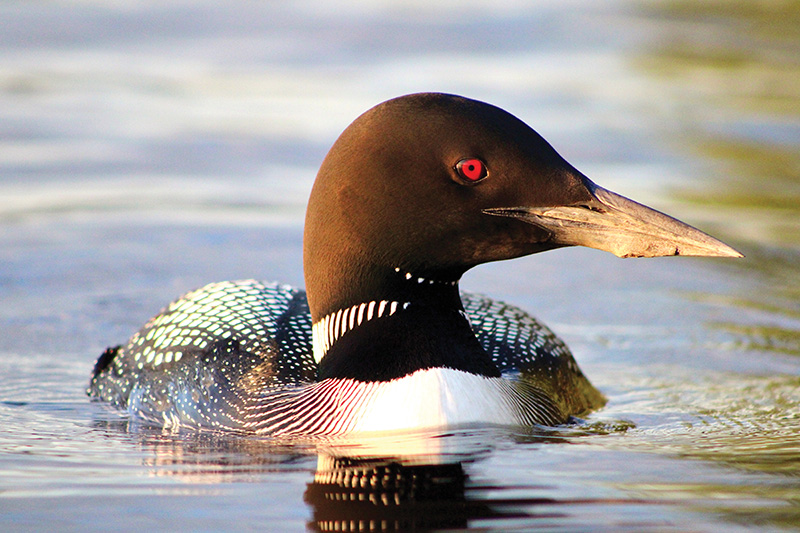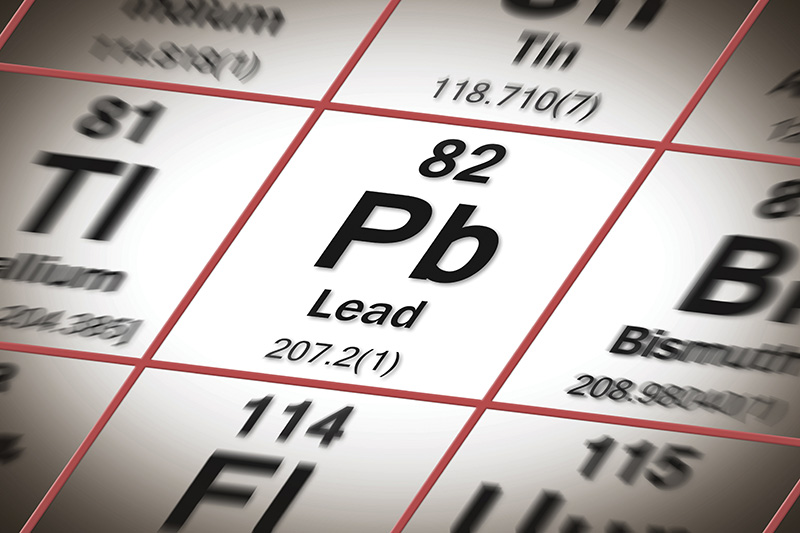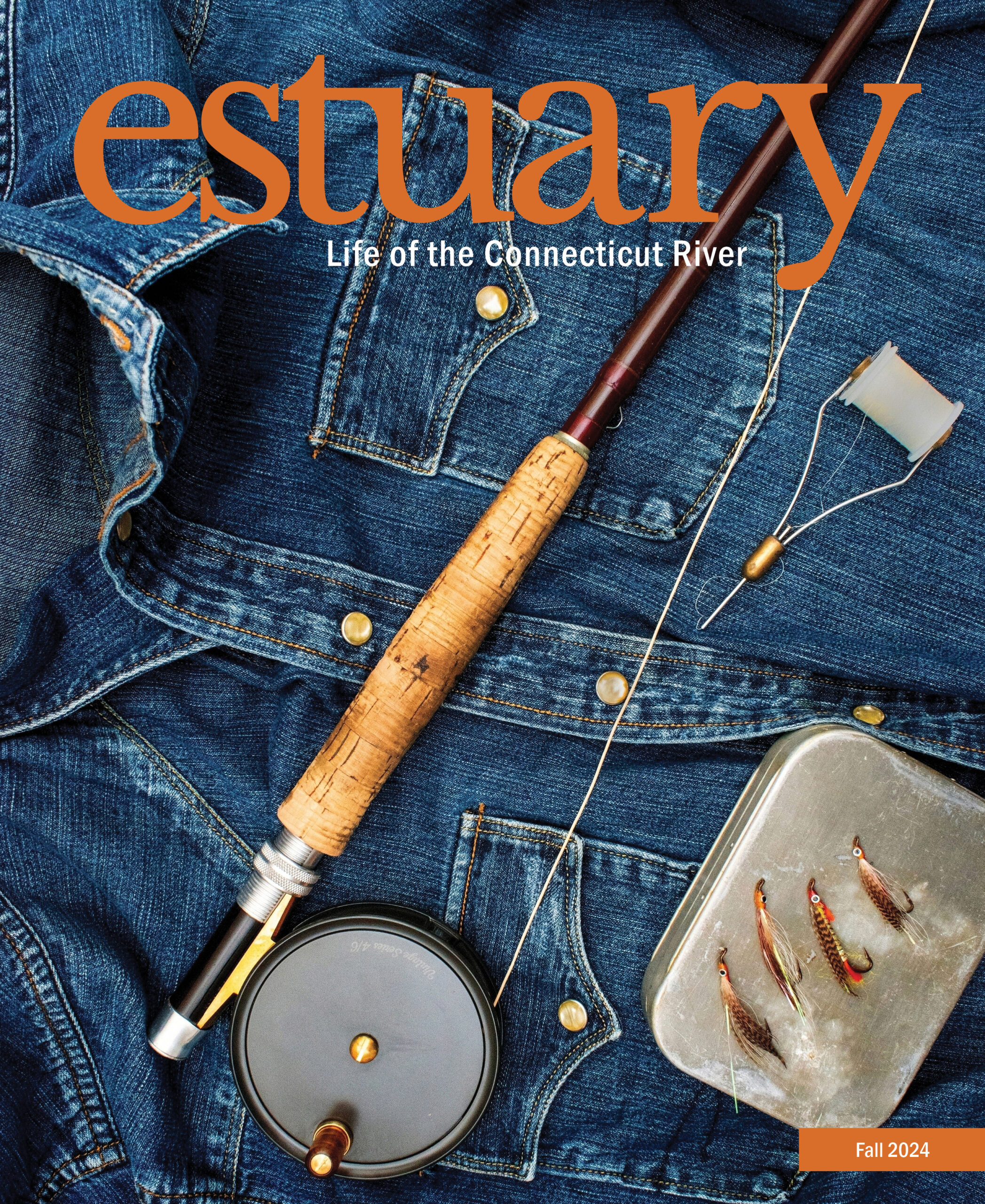 This article appears in the Fall 2024 issue
This article appears in the Fall 2024 issue

As a companion to my Fall 2023 story, “The Most Dangerous Animal in America: Shoot to Cull,” it’s important to bring readers’ attention to another critical issue that is little talked about. I begin the story on the rim of the Grand Canyon.
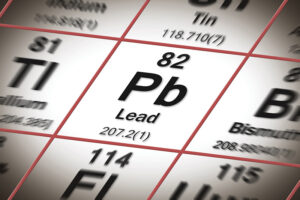 Dr. Elaine Leslie, recently retired Chief of Biological Resources for the National Park Service, never gave up on California condors—even after the Sierra Club’s David Brower and the National Audubon Society lobbied for their “extinction with dignity.” Thanks to Leslie and her resolute colleagues, we still have them.
Dr. Elaine Leslie, recently retired Chief of Biological Resources for the National Park Service, never gave up on California condors—even after the Sierra Club’s David Brower and the National Audubon Society lobbied for their “extinction with dignity.” Thanks to Leslie and her resolute colleagues, we still have them.
On the sun-blasted South Rim of the Grand Canyon, Leslie and I watched the results of that work. Above and around us condors dipped and wobbled like lost umbrellas in a gale—so close we could read the numbers on their wing tags.
There’s no “dignity” with extinction by anything human-caused, especially plumbism (lead poisoning). Before California’s total ban on lead hunting ammo in 2019, condors seemed headed that way. Lead is a neurotoxin that destroys livers, kidneys, bones, brains, and nerves. The National Academy of Sciences reports that exposure to leaded gasoline (banned in 1996) lowered the IQs of about half of all Americans.
The human body mistakes lead for calcium, and it bioaccumulates. The fast lead intake in growing children makes them especially vulnerable. “No safe blood lead level in children has been identified,” warns the CDC. “Even low levels of lead in blood have been shown to negatively affect a child’s intelligence, ability to pay attention, and academic achievement.”
Brown University researchers found that for every 10 percent increase in the number of households with guns, there’s roughly a 30 percent increase in elevated lead levels in the blood of children. Which brings us back to New England.
No region is more polluted with lead ammo than the Connecticut River watershed states. That’s mostly because no region has a grosser overpopulation of white-tailed deer. The more deer, the more deer shot; and the more deer shot, the more plumbism in humans and wildlife.
“Yearling antler beam diameters, fawn weights, and other physical condition metrics are below optimal levels in many areas, indicating that deer numbers have exceeded the level their habitat can support long-term,” reports Vermont deer biologist Nick Fortin.
Connecticut is working to reduce its deer overpopulation through hunting, and with some success (see “The Most Dangerous Animal in America: Shoot to Cull,” Fall 2023). But it has far to go. Ecosystem damage usually starts at about twelve deer per square mile. Deer project leader Andrew LaBonte reports that the state’s healthiest habitat is in Zone 2 (the northwest) where there are eighteen deer per square mile thanks largely to predation by bears, bobcats, and coyotes. “Ten to fifteen years ago we had more than forty deer per square mile statewide,” he says. “Now it’s coming down to about thirty. We’d like to see it at twenty-five. But our hunters are used to seeing large numbers. In Massachusetts, you’ll see a deer or two per hunt in some places. In Connecticut, you’ll see a deer or two per hour. If our hunters saw only one or two per hunt, they’d think there were almost no deer left.” Except for 2003, the Connecticut deer kill has been steadily rising. LaBonte attributes last year’s dip to “horrible weather.”
Deer in Massachusetts are only slightly less overpopulated than in Connecticut and Vermont. The commonwealth’s deer biologist Martin Feehan said, “Our deer population has been doubling about every fifteen years since the 1850s.” New Hampshire’s deer population is increasing, too.
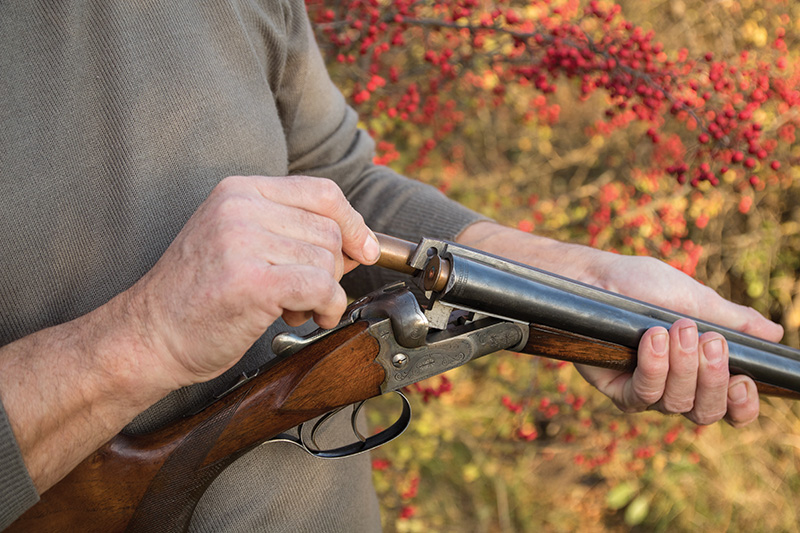 Hunting organizations donate venison to food banks for the needy. But because lead ammo breaks apart on impact, that venison is frequently impregnated with poison. As a result, the health departments of North Dakota and Minnesota impounded 17,000 pounds of donated venison. The US Department of Health and Human Services found that fifteen percent of one-pound ground venison packages donated to Wisconsin food banks contained sufficient lead fragments to elevate lead levels in the blood of children who consume such venison twice a month. No federal agency regulates lead in donated venison.
Hunting organizations donate venison to food banks for the needy. But because lead ammo breaks apart on impact, that venison is frequently impregnated with poison. As a result, the health departments of North Dakota and Minnesota impounded 17,000 pounds of donated venison. The US Department of Health and Human Services found that fifteen percent of one-pound ground venison packages donated to Wisconsin food banks contained sufficient lead fragments to elevate lead levels in the blood of children who consume such venison twice a month. No federal agency regulates lead in donated venison.
Every state save California permits lead for hunting most non-waterfowl game. We take better care of our condors than our kids.
Humans often survive plumbism, albeit with diminished motor and cognitive function. Wildlife, which needs these functions to survive, usually dies. “If you’ve ever seen a condor writhing on the ground and dying of lead poisoning, you’ll never forget the pain and suffering,” testified Elaine Leslie at a February 27, 2024, hearing before the Maryland legislature on a bill to ban lead hunting ammo.
I won’t forget the day my neighbor, Dr. Mark Pokras of Tufts University’s Wildlife Clinic in North Grafton, Massachusetts, opened a giant freezer, and two dozen stiff bald eagles tumbled out around my feet. Most had been poisoned by consuming lead fragments in game and gut piles left by hunters. A study published in the February 17, 2022, issue of Science found that “almost half” of all bald and golden eagles sampled “had chronic, toxic levels of lead” that appeared “high enough to suppress population growth in both species.” Other raptors, vultures, and hundreds of mammal species are also poisoned by lead ammo.
What are the mainstream environmental groups doing about plumbism in humans and wildlife? They remain largely silent. Animal Wellness Action, on the other hand, dares to join the fight. For example, its president and founder, Wayne Pacelle challenges us to consider, “If arsenic or polonium or mercury or plutonium were abundant metals and if they had the right weight and ballistic properties for good ammunition, would we ever think about equipping hunters with any one of those elements and allowing them to go afield with them and then allow them to consume the game they kill with it?”
What are states other than California doing about plumbism? Very little. Partial lead bans (mostly shotgun loads for a few upland bird species) have been implemented in twenty-five states. New York gives hunters a rebate for purchasing copper bullets. Montana and Arizona sell copper bullets at a discount. And Arizona hunters get prizes if they bury their gut piles.
Unless you count encouragement, the Connecticut River watershed states do exactly nothing.
“Use of copper bullets is something our agency has been very interested in,” Feehan told me. “In fact, last year our director sent about two dozen of our staff to a training session with the US Fish and Wildlife Service. [Use of copper bullets is] something we certainly encourage, but we don’t have any way of measuring it amongst our constituents.”
Connecticut’s LaBonte said, “I don’t think there’s been a strong push for using non-lead in this state. I think as more and more evidence supports the benefits of using nontoxic ammunition, hunters will start moving in that direction.”
I’ve been around long enough to know there won’t be any such movement. Hunters have insisted on using lead despite being warned about its toxicity since 100 AD when Greek physician Pedanius Dioscorides reported that it “makes the mind give way.”
For thirty years I’ve heard hunters and the gun lobby stridently oppose a ban on lead waterfowl shot. They were fine with lead shot fatally poisoning 300,000 ducks, geese, and swans annually. When the ban finally happened in 1991, the Firearms Coalition called it “the latest scalp in attacks upon the right to keep and bear arms.”
Today I hear the same objections to copper bullets. According to the Sportsmen’s Alliance, the push for copper is a plot “to destroy America’s hunters, trappers, and anglers.” And the NRA’s Hunters’ Leadership Forum charges that “attacks on lead ammunition” are instigated “by anti-hunting groups whose ultimate goal is to ban hunting.”
Not all hunters agree. The North American Non-Lead Partnership (NANP), consisting of forty-nine hunter-support groups, educates the public about how lead ammo pollution harms wildlife. Co-founder Chris Parish, who hunts everything from jackrabbits to elk, is president of The Peregrine Fund, created by hunters who use falcons.
Parish explains some of the paranoia. “Back in the early 2000s the Peregrine Fund did a study in which we quantified rates of fragmentation in lead bullets. We shot thirty-four deer and x-rayed them whole, then the gut piles. Our research showed how scavengers like condors were vulnerable. I spoke at the California Fish and Wildlife Commission meeting, explaining where the lead was coming from—up to four hundred fragments in a gut pile. This was news to us as hunters and researchers, and we wanted to share it. I urged voluntary compliance, not regulation. I was so excited because here was an opportunity for us as hunters. We could have been responsible for the recovery of California condors. What a great win for hunters if we had pulled this off ourselves, another fine example of our conservation heritage.”
But when Governor Schwarzenegger signed a partial lead-ban bill in 2008, the gun lobby and hunters blamed the Peregrine Fund. Parish and his colleagues got death threats and were branded “anti-hunters.” Five years later, California enacted a law to extend the lead-ammo ban to the entire state by 2019.
Ammo companies introduced copper bullets in the mid-1980s—not to prevent plumbism, but to kill game more effectively. As the New York Department of Environmental Conservation (DEC) reports, “Fortunately, today’s harder copper and other copper alloy bullets and [shotgun] slugs typically remain intact on impact, transferring more energy to the target by folding downward into ‘petals’ that greatly expand the surface area. The result is a very effective, quick, humane kill.” The US military switched to non-lead for all small arms—not just to limit lead pollution but also because copper and other nontoxic rounds are more lethal.
As the NRA savages copper from one side of its mouth, it promotes it from the other. Its “official journal,” American Hunter, routinely effuses about copper bullets. Field editor Bryce Towsley reports that the Barnes all-copper X-Bullet “redefines what we think we know about hunting projectiles…. I have lost count of the game I have taken with Barnes X-Bullets in various configurations.” In 2012 American Hunter gave the Barnes VOR-TX lead-free bullet its “Ammunition Product of the Year Award.”
I polled the most experienced big-game hunters I know. Bruce Farling, former director of Montana Trout Unlimited, replied, “It’s been at least a dozen years now since I switched to copper, and I can confirm that it’s superior ballistically to lead. In terms of effectiveness, especially on elk, I have found copper has superior stopping power, even using lighter loads.” Four celebrated journalists who serve with me on the Circle of Chiefs of the Outdoor Writers Association of America assessed copper bullets as follows. Jim Low: “Highly accurate, sturdy, excellent expansion and weight retention.” Matt Miller: “I’ve found copper superior in every way.” Scott Stouder: “Nothing but stellar performance.” Larry Stone: “Accurate, hard-hitting.”
NANP gives demonstrations in which copper and lead bullets are fired into water-filled plastic bags housed in plastic drums. Spent bullets and fragments fall to the bottom of the drums. In one such demo a 180-grain lead bullet and a 180-grain copper bullet are fired. Parish retrieves and weighs the two rounds. The lead one weighs 137.5 grains, having shed and scattered 42.5 grains of fragments. The copper one weighs 179.9 grains.
The opposition’s main argument is the alleged ruinous cost of copper, comparing, without exception, the oldest, cheapest lead rifle rounds to premium copper. But premium copper costs only a few cents more than premium lead, and that cost is dwindling. Testifying with Elaine Leslie in Maryland, I offered this: “It baffles me why so many of my fellow hunters insist on poisoning wildlife (including their game), themselves, and others when they can use nontoxic copper bullets which cost something like two dollars more per box of twenty than lead. The added expense per hunting season amounts to roughly the cost of a cup of coffee.”
What about shotguns and muzzleloaders? They’re required on Connecticut’s state land and mandatory on all land in Massachusetts. Lead slugs from these firearms also fragment, but nontoxic, non-fragmenting alternatives made of copper, steel, and tin are readily available. And, as New York’s DEC reports, nontoxic, non-fragmenting alternatives perform better than lead. With premium rounds there’s no difference in cost.
National lead ammo bans keep spluttering out. In 2009 Elaine Leslie engineered a ban on lead bullets and fishing tackle in all National Park units where hunting and fishing is permitted. The order has never been rescinded, but because of blowback from the gun lobby and hunters, it has never been enforced.
In 2017 President Barak Obama’s Fish and Wildlife Service director, Dan Ashe, issued a rule that, within five years, would ban lead ammunition and lead fishing tackle ingestible by birds on all 567 national wildlife refuges and 38 wetland management units. The Trump administration promptly rescinded it.
On September 16, 2022, the Biden administration hatched a timid gesture that will phase out lead by 2026 on one national wildlife refuge and not allow lead on new hunting opportunities on eighteen others.” Then, in October 2023, it announced a lead phaseout on eight refuges—“a sluggish, incomplete action,” in the words of Animal Wellness Action’s Pacelle, that inspired US Senators Tammy Duckworth, D-IL, and Cory Booker, D-NJ, to introduce legislation on February 29, 2024, to phase out the use of lead ammunition on all national wildlife refuges.
I’ll close with a confession. For a good part of the twentieth century, loons were extirpated from New Hampshire’s Big Island Pond beside which my family has had a camp since 1929. Now loons are back, but I’m pretty sure I poisoned one. When I was a kid, I shot clay pigeons off our dock with lead pellets. Lead pellets last forever; and, like other water birds, loons pick them up with gravel to grind their food.
On a bright, windless day in May 2009 a loon hauled out onto our beach. It couldn’t hold up its head. It quivered. Its ruby eyes grew dull, and it died in my arms. I can’t unsee that.
Ted Williams, a lifelong hunter, is a former information officer for the Massachusetts Division of Fisheries and Wildlife. His last piece for Estuary,“The Most Dangerous Animal in America: Shoot to Cull,” ran in Fall 2023.
